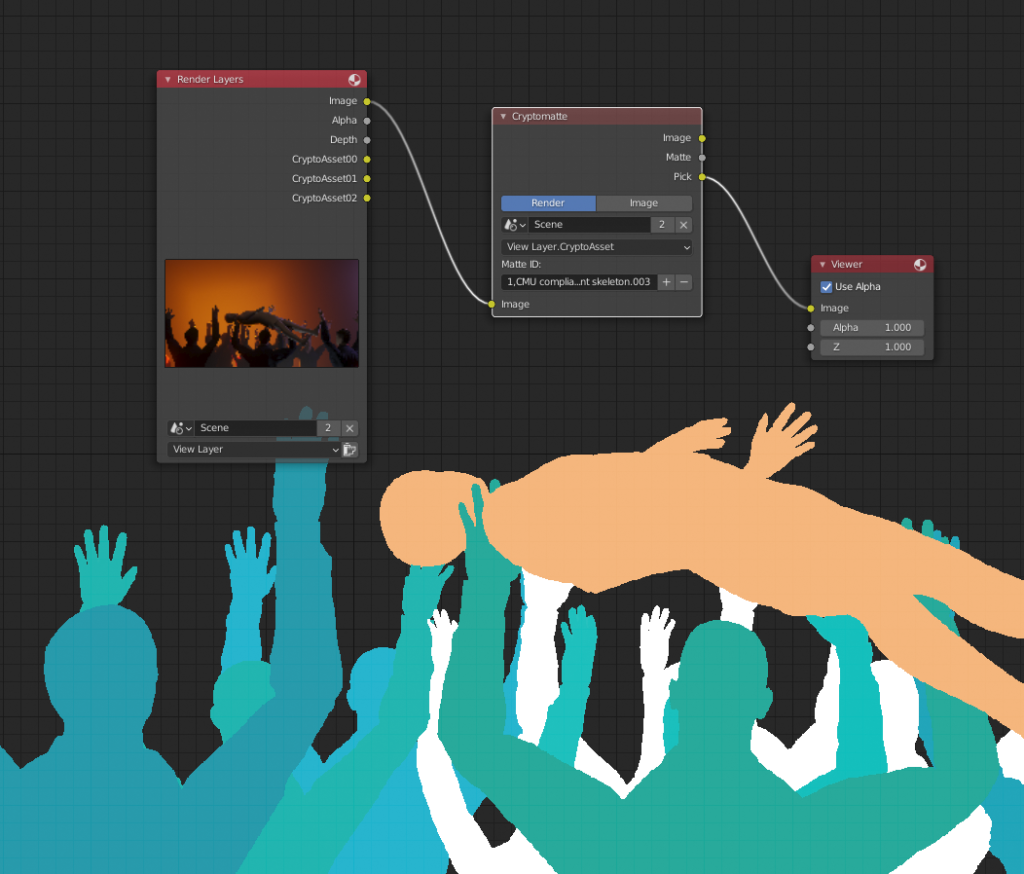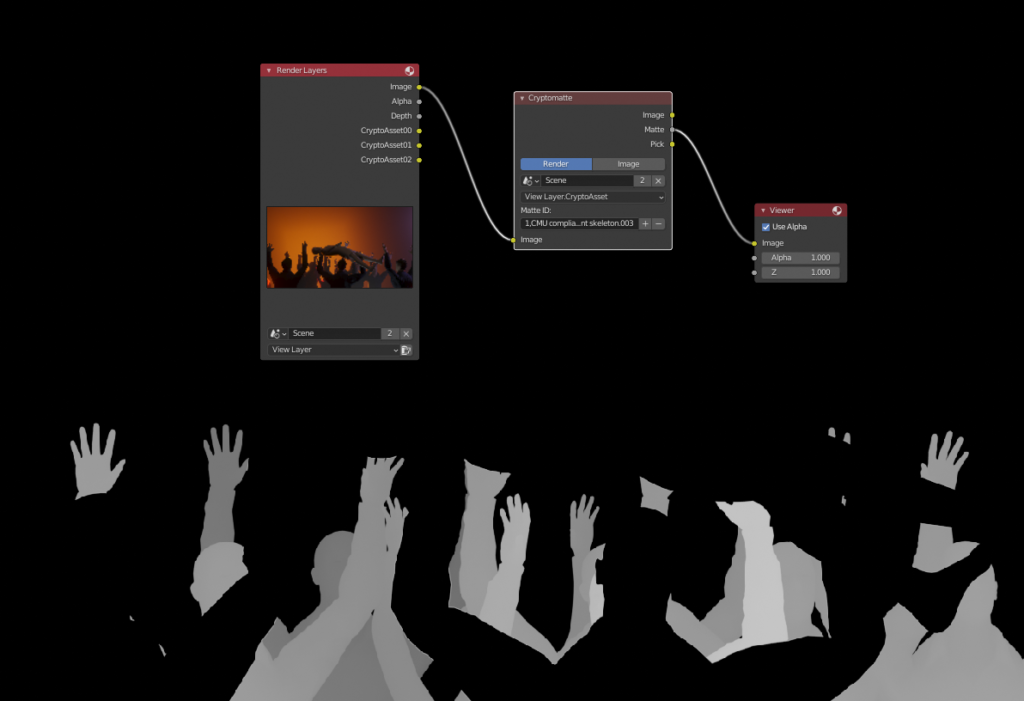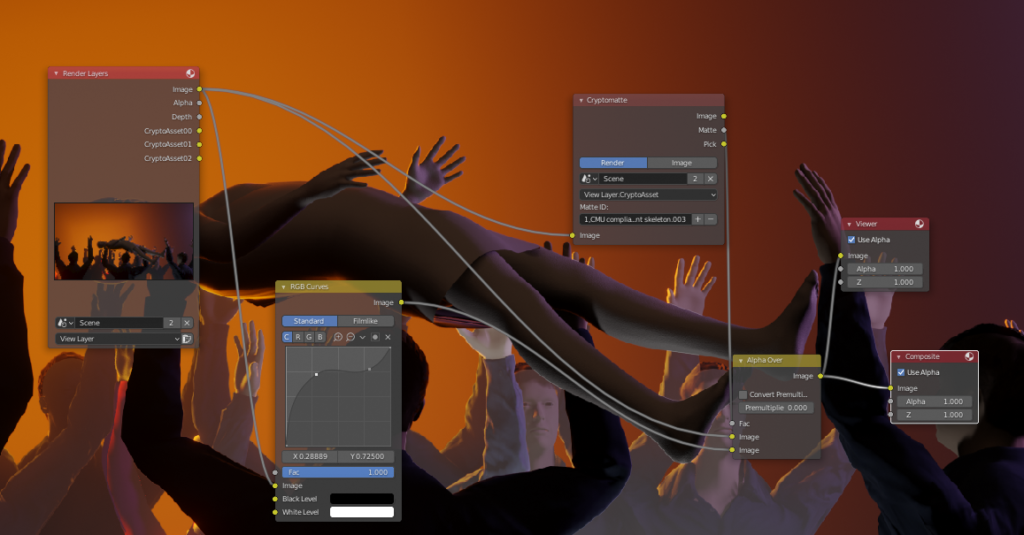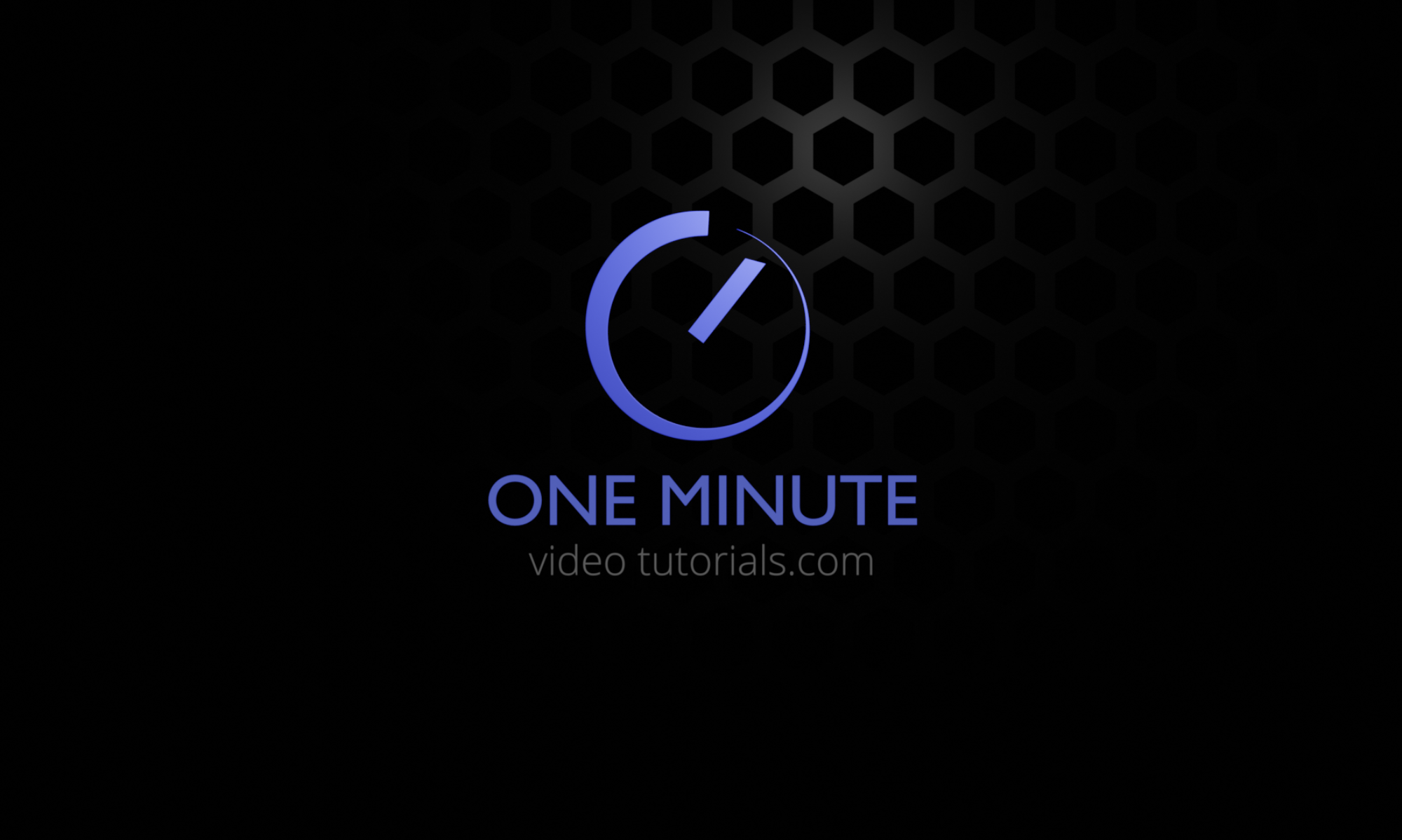Getting the started with the new grease pencil tool in Blender 2.8 can be a bit tricky at first. In this post I will simply list some “gotchas” that I bumped into in case it may help others:
Question 1:
Why can’t I create a fill color for my object with the fill-tool?
I’m clicking inside a closed stroke, but the stroke seems to be getting thicker instead of a fill appearing.
Answer:
You probably need to set the fill opacity alpha to 1. it’s zero for materials by default which makes the fill transparent.
Question 2:
How can I tween or interpolate between grease pencil shapes?
Answer:
The basic tween workflow can be tested like this:
-Draw a shape
-Duplicate the first keyframe on the dopesheet timeline (shift + d) and move it further in time
-Go to this second keyframe and enter the sculpt mode
-Change the shape of the stroke by sculpting
-Go between these two keyframes and from the “interpolate” menu on the top choose “sequence” to have Blender automatically create the in-betweens
Question 3:
Why does the brush size and strength change from what I set it to be in the top bar when I try to sculpt my strokes with grab tool in sculpt mode?
Answer:
Still working on the answer for this one! 🙂
Question 4:
What’s the difference between “Draw block”, “Draw ink”, “Draw Marker” “Draw Noise”, “Draw Pen” and “Draw Pencil”?
Answer:
Try them and you will see they all produce a different kind of stroke. The Draw Ink -brush doesn’t seem to do ink-like angles when painting with a mouse, but using a pressure sensitive tablet and pen helped.
Question 5:
How do I create new grease pencil layers or collections in 2.8?
Answer:
You can add new layers to grease pencil by selecting the little pen icon in the properties area (one tab before the materials tab) and creating layers there.
Question 6:
Where does the white background come from when using the new 2d-animation project preset?
Answer:
N-panel –> “grease pencil paper”
Question 7:
How do I select the grease pencil material before starting drawing?
Answer:
The option to select the material beneath the brush selection is grayed out for some reason. But here’s how you can choose your material colors before drawing anything: go to the materials tab and create a new material slot there. Add a new material to the material slot and change the settings to what you want. If you now draw with the grease pencil, new strokes should get this new material.
Question 8:
How can I assign different grease pencil layers different materials? At the moment changing the material seems to affect all grease pencil layers. I would like my fill layer to have a different material from my line art layer.
Answer:
Take the grease pencil object to edit mode, add a second material slot, add a new material to it, select the lines you want to affect (hiding the eye of the other layer can help), and click assign.
Question 9:
How can I change the origin of the grease pencil object?
Answer:
Place the 3D cursor where you want the new origin and go to object –> set origin –> origin to 3D cursor. Unfortunately this will also move move the location of the object. Now there is a very strange workaround at the moment (probably due to a bug), but you can set the position back to the original position after changing the origin by doing the following: object –> snap –> selection to cursor. And after that undo once and it seems to return to it’s proper location.
Question 10:
How can I quickly switch between draw mode and sculpt mode with a keyboard shortcut?
Answer:
I’m not sure if there is a default shortcut yet, but you can easily assign your own shortcut by opening the menu item, right clicking on it and selecting “assign shortcut”. The fastest and most future proof way might be to open up the pie menu with ctrl+tab and switching between the modes from there.
Basic workflow suggestion for 2.8 Grease pencil:
-Add a new empty grease pencil object in object mode (shift+a keyboard shortcut). This step is needed to be able to activate the draw mode in the next step.
-Switch from object mode to draw mode
-Select your pencil/brush type from the left side tool panel
-Modify your brush settings from the “tool settings” panel in the right side property buttons -area. You might want to try the turn on the “active smooth” for example to get an interesting, smooth and accurate drawing experience even with just the computer mouse.
-Sculpt your strokes in the sculpt mode. You can for example add width variations to the stroke with the width tool.
-Go to the materials tab and change stroke color and add a fill (change fill opacity to 1 first)
That’s it for now, I will append this article with more questions and answers as I continue studying the tool.









